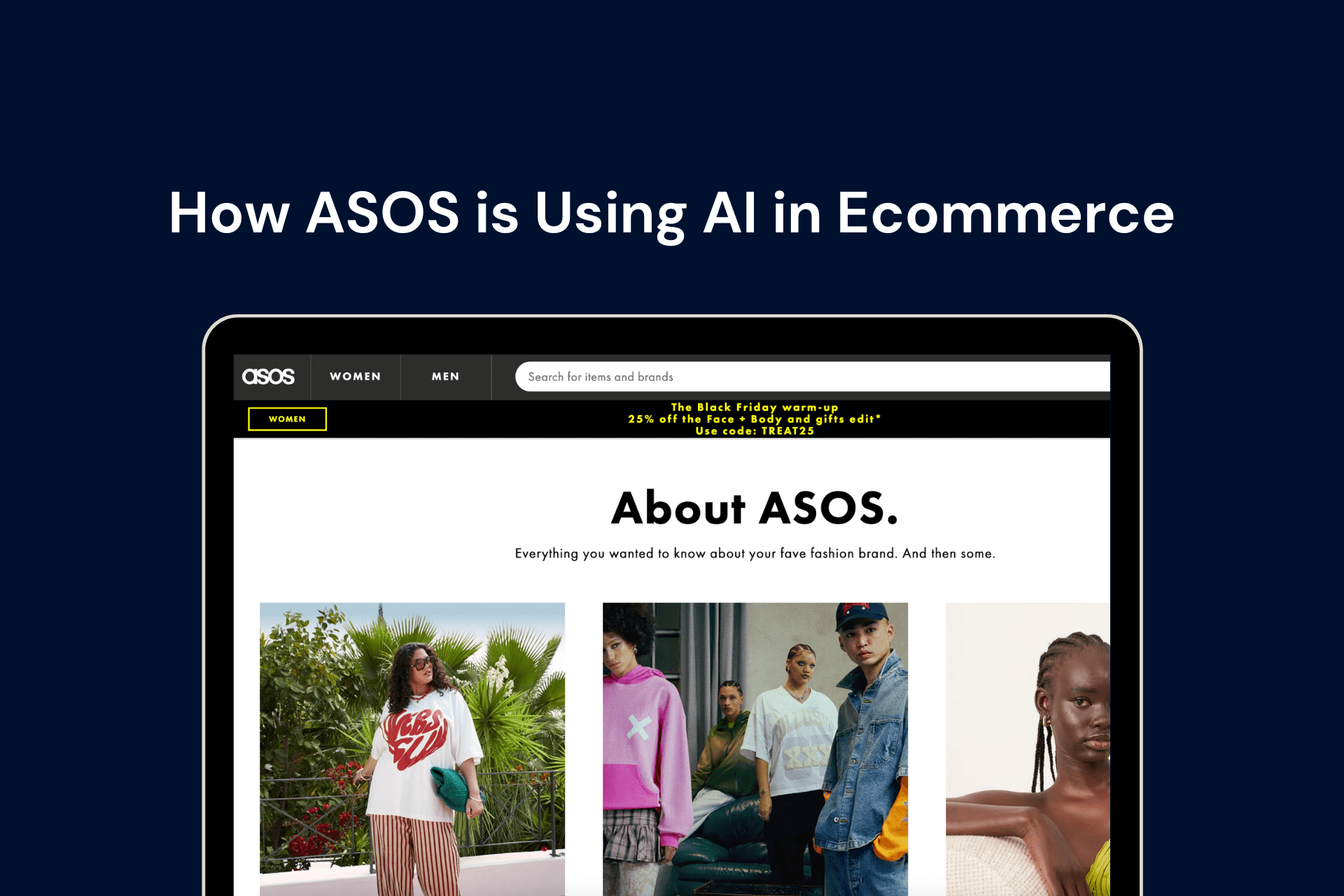Shopify is a great platform but it can't do everything. Here are some of the limitations of Shopify and how you can overcome them.
Shopify is one of the most popular eCommerce platforms, offering a suite of drag-and-drop tools that make it quick and easy to publish an online store. It makes eCommerce simple, fun, and easy by allowing you to create an online store without any coding or technical skills.
But while Shopify is great, there are some limitations that you should be aware of before you start your business. As Shopify experts, we, at XgenTech, have figured out ways to overcome them.
In this article, we will discuss some of the major limitations of Shopify and how you can work your way around them for the best results.
4 limitations of Shopify and how to overcome them
As Shopify experts, one of the most common questions we get asked is: "What are the limitations of Shopify?" or “Is Shopify good for beginners?”
The answer is that there are no real significant limitations on what you can do with your store. Even if you do identify certain roadblocks, there is usually always a solution that you can work with. After all, Shopify has an extensive ecosystem built in and around it.
Let’s look into some of the most common Shopify benefits and limitations -
1. Content Management
In the world of eCommerce, content has grown to become an essential rather than just a nice-to-have. If businesses are not already leveraging content marketing, they’re missing out on a huge opportunity to attract new customers and grow the business.
Shopify has its own content management system, which can be used to manage your site's content. However, it's not as robust as something like WordPress or Joomla. You can't use it to create custom templates or plugins, and you don't have access to the full range of functionality that comes with those platforms.
Nevertheless, if you do want to build a blog with multiple content streams and also sell products on your site, you can use Shopify's Javascript Buy SDK to integrate it with another CMS of your choice. With this integration, you get Shopify’s powerful cart system combined with the CMS of your choice - the best of both worlds!
Solution: Customize your Shopify store with Shopify's Javascript Buy SDK.
2. Product search and filtering
Internal site search is an important part of e-commerce. In fact, site searchers are 2-3x more likely to convert.
Shopify's search functionality is robust, but the basic version comes with some limitations.
One such limitation is the inability to filter through the search results.
For example, let’s say you’re searching for a “wallet” in a Shopify store. The search results for "wallet" return a listing of all “wallets”, but you don't get filter options as you would on the collection page (e.g. ability to narrow your search by color or by design). This can massively affect the UX of the store, and in turn, its conversions as well!
The default Shopify search functionality doesn't provide much assistance to the user. If you type the name of the product incorrectly, there are no results and no corrections, plus there are no suggestions while typing.
But today, there are so many Shopify apps like SearchSpring to solve this problem. It is a very powerful tool that helps you to find the product you need in an instant and also it filters out the products that you don't want to see at all.
Solution: Leverage Shopify apps like SearchSpring that provide you with additional search functionality.
3. International retail and localization
International retail and localization are two of the largest challenges for any eCommerce business today.
One of the biggest reasons why this is such a challenge is that you need to manage currency conversion when displaying prices in different countries. You also need to be able to calculate shipping costs based on where your items will be shipped from/to.
This is the most common issue that comes up when people are getting started with Shopify - they want to sell internationally, but they don't know how.
Shopify would offer the ability to show prices in multiple currencies using real-time exchange rate data. Once you progress to payment, however, you are only able to pay in the base currency of the site.
For example, if you have a UK bank account and want to display prices in dollars on your US site, your customers will see products displayed in dollars on the product page but their total will revert back to pounds at checkout.
But Shopify is an ecommerce platform built to help ecommerce businesses in the best way possible.
And hence, Shopify has recently launched Shopify Markets in February 2022. It includes features like -
- Custom domain names
- Multi-currency features and languages
- Duties, shipping, and sales taxes
- Configurable market operations
One of the great features of Shopify is that you don’t have to limit yourself to only one language. You can easily create a store in English, French, or Spanish, for example, and then sell it to customers across the world. This feature isn’t just limited to your storefront content but can also be extended to your emails, checkout, and all functions on your Shopify store.
But do remember, this feature is nothing extraordinary; you cannot expect great translation capabilities with Shopify’s basic feature set. To overcome this, you can always turn to Shopify’s diverse app store that caters to almost any and every problem an online seller might face. One such powerful app that you can invest in is WeGlot.
Solution: You can set up multiple instances of your Shopify store to cater to different geolocations.
4. Shopify POS
Most eCommerce stores also have brick-and-mortar stores, which means they have (multiple) physical locations that sell their products as well.
Shopify has managed to link online and physical retail with its POS system.
With this system, you can accept any form of payment, from credit and debit cards to gift cards and Apple Pay. Handling refunds and store credit are also a breeze with the Shopify POS system.
But it is not the best option for every store. If you have a relatively small business with limited resources and want to expand the brand into brick-and-mortar retail locations, then Shopify POS may be a good fit for you.
Nevertheless, recent Shopify updates enable Shopify Locations to draw stock from multiple locations to track inventory and fulfill orders at your locations. These locations can be retail stores, warehouses, pop ups, dropshippers, or any other place where you manage or stock inventory. This gives you better visibility into your inventory across your business.
Solution: Shopify POS is only ideal for small businesses as of today. We can hope for future upgrades to also be able to manage large enterprises.
Has your business evaluated Shopify's benefits and limitations?
Do you use Shopify in your business? If so, you know that the platform is helpful for many reasons, but it does have some limitations.
Shopify provides the tools to develop a fully functional store, but you'll need to provide the creative direction and unique features to set your store apart from the competition. However, once you develop a functional strategy for overcoming Shopify's limitations, your business can flourish as a result of this forward-thinking approach.
If you have been struggling to scale your Shopify store, you can contact the experts at XgenTech.
Our team of Shopify experts works with Shopify merchants like you to design a store that reflects the personality of your brand and caters to the functionalities you require. Whether you want to revamp your existing design or build a new one from scratch, we will help you create a positive shopping experience on your Shopify store design.
Reach out to us at info@xgentech.net and we’ll help you set up your Shopify store design!




